Spear Creek is not the name of a town. It’s barely recorded on maps.
About 12km out of Mount Isa in northwest Queensland, it runs off the Leichhardt River, winding its way towards the back of the airport runway.
Sometimes, in the wet season, it even looks like a creek. Mostly it’s just an indent in the red earth of the Australian Outback; a scar among the long grass, among the spinifex and the gums.
CATCH UP ON ALL THE SPEAR CREEK CONTENT IN THE SERIES
It’s here that Stan Harris and his fiancee Kerstin Streicher were walking their greyhounds, on October 24, 1978, along an old grader track that led to a disused mine site, about a kilometre off the Barkly Highway.
Here, they were alone with the trees and the insects, with the birds of prey that circled above. Sometimes greyhound trainers took their dogs here for exercise. Sometimes collectors would dig for rocks and minerals.
It was evening when Harris’s dogs suddenly took off at a run, catching the scent of a wild pig.
Spear Creek podcast: Who was the mystery man who joined the Spear Creek trio?
Spear Creek murders: Motorbike may be key
Spear Creek murders: Four things police need to solve cold case
Spear Creek murders: ‘Definitely solvable’ case reopened
Streicher gave chase, off the track into the trees. And that’s when she found him. A dead man. Streicher still remembers it.

The body, lying in the red dust. “Very, very dry and very, very hot,” she says of the bush that day. She hadn’t wanted to look. “It was a shock. You wouldn’t expect to see something like that.” She raced back to Harris and they walked into the bush together.
“It had obviously been there some time, and I had the impression [the body] might have rolled down the bank,” Harris told The Courier-Mail in the days following the discovery.
There were no mobile phones in the ’70s. They rounded up the dogs and drove back into town to find help.

At daybreak, the area was swarming with uniformed police and detectives. That’s when they found the others. A woman and another man lay in the long grass nearby.
All three had been executed, shot in the head with a .22 rifle. The man in the creek bed appeared to have fled, making it 100m or so before he too was gunned down.
All three had had their pockets turned inside out, their jewellery removed.
Anything that might have identified them. Mount Isa’s annual rodeo had been held a few months earlier. It drew thousands to the town. Many hung around. Transients, hitchhikers, travellers.
Nobody had reported two young men and a young woman missing. Police got to work.
Forty years later, they are still working.
‘IT IS DEFINITELY SOLVABLE’
Senior Sergeant Tara Kentwell from the Homicide Investigation Unit and her team solve cold cases.
In 1974, Barbara McCulkin, 34, and her two daughters, Vicki, 13, and Leanne, 11, disappeared from their home in Brisbane’s inner-south Highgate Hill. The case remained one of Queensland’s most enduring mysteries until 2017, when Vincent O’Dempsey and his co-accused Garry Dubois were both sentenced to life in prison for the McCulkins’ murders.
The case was solved decades on with some determined police work and help from the Crime and Corruption Commission and its coercive powers.
In 1986, 20-year-old Sharron Phillips’ car ran out of fuel on Ipswich Rd at Wacol. She called her boyfriend and asked him to come and collect her.

By the time he arrived, Sharron was gone. In 2016, police brought in excavators to dig out an old drain at Cobalt St in Carole Park, also west of Brisbane.
They didn’t find Sharron but information brought forward by members of the public was enough to identify taxi driver Raymond Peter Mulvihill as the likely culprit. Mulvihill — who died in 2002 — would park his taxi behind the row of shops where Sharron had been waiting for her boyfriend.
Homicide investigators, through their relentless digging, found new and valuable witnesses — enough to have laid charges on Mulvihill if he’d still been alive. They are confident that when the case is brought before a Coroner, Sharron’s fate will be made clear.
The Spear Creek murders are Queensland’s real-life Wolf Creek, forgotten by everyone but the friends and families who lost someone important — and police.
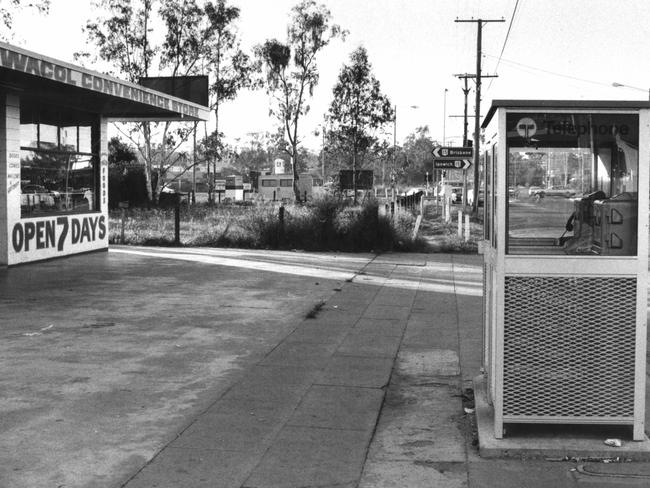
The case is now under review. And Kentwell says they are confident it will be solved.
“It is definitely solvable,” she says. “On occasions, the passage of time benefits the investigation, as once previously reluctant witnesses are now willing to speak with investigators — or witnesses may recall further information they previously considered insignificant.”
They hope that soon, no matter the passage of time, they will be able to call on long-grieving families and say: “There’s been an arrest.”
IT’S A LONELY SPOT
Police were initially not sure whether the Spear Creek victims were camping in the bush or had been lured there.
Or had they been killed somewhere else and their bodies dumped by the dry creek bed? Were they hitchhikers who’d been waving down cars on the nearby highway? Shoulder to shoulder, police paced through the crime scene, eyes on the ground.
“It’s a lonely spot, though I believe some greyhound trainers have been there recently,” Inspector Bill McArthur, who would go on to become an Assistant Commissioner, said at the time. “We believe that the bodies had been there some time but the doctors cannot hazard a guess as yet.”

Descriptions of the three were released to the media, along with photographs of their clothing. It was hoped someone might recognise a distinctive T-shirt from the Finke Desert Races — an Alice Springs event held in June — that one of the men had been wearing.
Then, they found something even more important.
Among the spinifex, in a thicket, where two of the bodies had lain, was a silver watch. The band had broken and the hands had stopped at 20 past three.
Inside there were engraving marks left by jewellers who had serviced the watch. The markings “MG 8/78 OH” were particularly valuable to investigators. “MG” were the initials of the jeweller. “OH” meant “overhauled”.
But most importantly was the 8/78. The owner of the watch — presumably the female victim — had been alive and well in August.
A photo of the watch was circulated to media outlets in the hope someone would recognise it.
BIRD’S-EYE VIEW
Two days after the bodies were found, detectives chartered a helicopter from a local company and took to the air to observe the crime scene.
Perhaps they had missed something important. The pilot took up four officers, including the head of the Mount Isa Criminal Investigation Branch, Det Snr Sgt Reg Ashmore, police photographer Det Snr Const Neil MacKenzie, Det Snr Const Ken Cant from Cloncurry, and Det Snr Const Jim O’Donnell, a Brisbane-based homicide investigator.
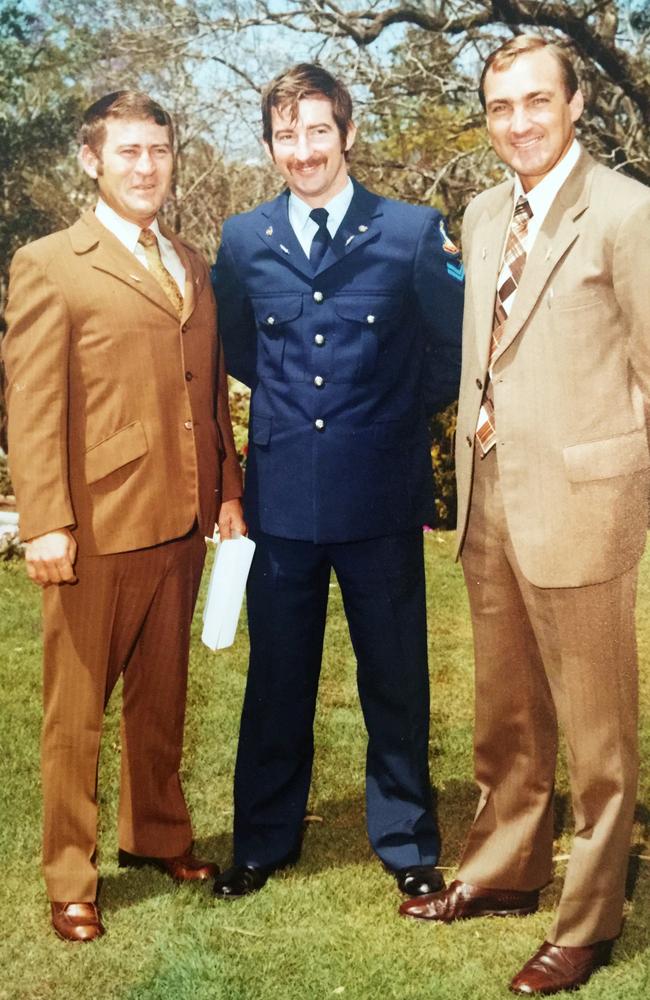
The chopper hovered over the crime scene, circled the area several times.
MacKenzie took photos while the others looked out for cars or anything unusual. A group of officers stood at the crime scene, watching. “It’s getting lower,” one remarked. Then, “it’s going in!” They heard the thump as the chopper hit the ground.
‘WE WERE JUST GETTING GOING’
The Spear Creek crime scene was the first MacKenzie had photographed from the air.
In fact, it was the first time he’d been in a helicopter. (It would be his last.) They’d been in the air a short while.
He was upfront, beside the pilot, aiming his camera at the ground. They were low — 150ft (46m). Then, a shudder. A red light began flashing.
“We were descending. I thought, he’ll bring it down,” MacKenzie, now retired, says. “But then, as we got closer to the ground, there was a big tree there. And I thought, we’re still coming down too fast. And the chopper hit the tree and it went over and the blade sort of dug in — and the chopper disintegrated virtually.”
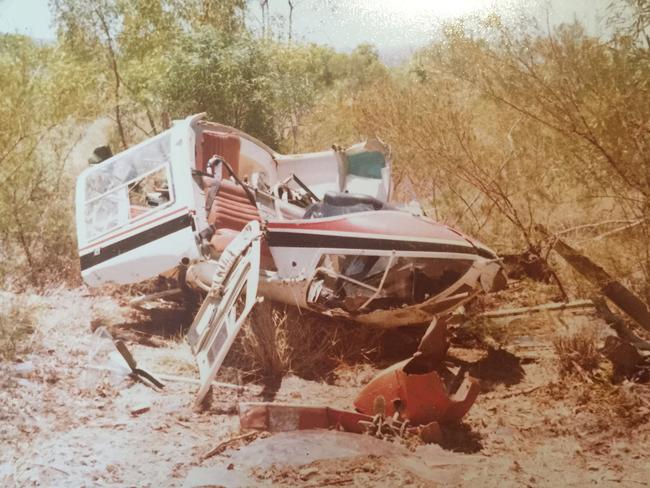
Nobody said a word when the aircraft shuddered and dropped. Not the pilot. Not MacKenzie or his police colleagues. They sat in silence as they fell out of the sky.
MacKenzie’s seat was ripped from its base and he found himself slumped sideways, still belted in. Two of the officers had been thrown clear.
MacKenzie and Ashmore were trapped in their seats and worked furiously at the buckles. They were all covered in fuel, and convinced they were about to be incinerated.
“I thought, get out of here as quick as you can. I’m fumbling around with [the seatbelt]. It did eventually release.”
MacKenzie tried to run but the pain in his back was searing. He managed to crawl away from the wreckage. And then he remembered his camera.
It seems silly now, he recalls, but at the time the photographs seemed important. He crawled back to the mangled helicopter and dragged out his broken camera. Ashmore also escaped his seatbelt but made it three steps before he collapsed.
“I looked down and could see the powerlines way below,” Ashmore, who passed away in recent years, would tell a reporter from his hospital bed.
“Then we started to drop and I could see the ground coming up. I felt the earth on the side of my face and thought, get your head up or it will be cut off.”
Later, in the hospital, they’d find he had five crushed vertebrae. MacKenzie had similar injuries. The rest escaped with cuts and bruises. Ashmore just wanted to get back to work.
“We were just getting going,” he said.
THE BREAKTHROUGH
On October 30, 1978, police got their breakthrough. The delicate silver watch with its row of gemstones was recognised by Melbourne man Jack Edwards. He recognised it because he’d given one just like it to his eldest daughter, Karen.
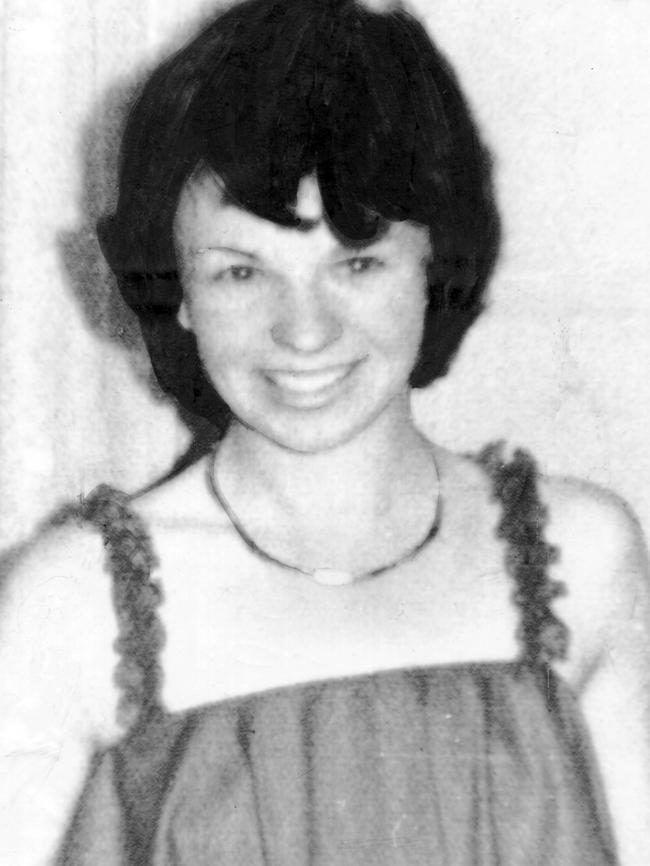

She and her boyfriend Timothy Thomson, a schoolteacher from New Zealand, had been touring the Outback with another New Zealander, Gordon Twaddle — a pastry chef and a Thomson family friend. “I hope to God I’m wrong,” Jack said, red-eyed, from his front door.
REMEMBERING THE VICTIMS
Much was written about the Spear Creek murders in the months that followed: about the crime itself, the stalled investigation, serial killers and known criminals who might have passed through the area. But very little was written about the victims themselves.
Karen Edwards was 23 when she died. The eldest of five children, she grew up in a loving, close-knit family in the Melbourne suburb of Dandenong.
She was the bossy one. The one who fought battles with their parents for freedom and independence, paving the way for the younger siblings.

She was smart. A high achiever. Had all the Girl Guides ribbons. Played netball with skill and determination. She would move out to live on her own while studying to be a medical laboratory technician.
Karen’s brother Barry and sister Jillian remember the family camping trips they took to Phillip Island.
Their father, a fitter and turner, had constructed an elaborate camp set-up that could be packed away and stored in a trailer. They’d play cricket on the beach. Go fishing. Walk into nearby towns. Explore.
“We had a tent that was carpeted, we had bunks, a fold-out table that he made. An ice chest. We had every convenience of home — and he managed to pile it into one six-foot by four-foot [1.8m x 1.2m] trailer, which he made himself,” Barry recalls.
Karen met 31-year-old Tim while he was living in Melbourne. Karen’s siblings are unsure, but they think the pair might have been living in the same apartment building.

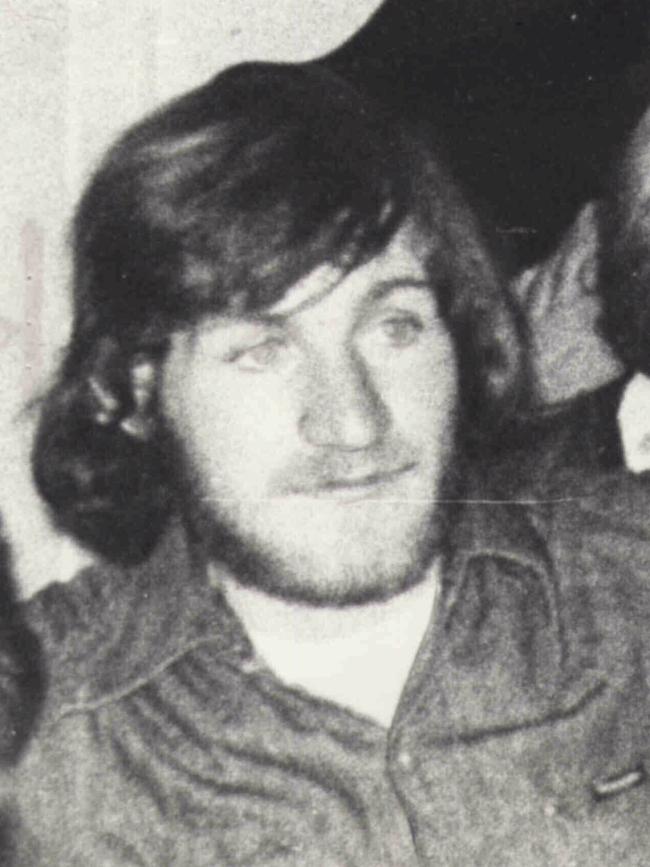
Tim was from New Zealand but had family in Adelaide, including his brother Ken, a radiologist. Tim had met Gordon through Gordon’s brother John, who ran a motorbike mechanic workshop in New Zealand.
Tim, and the whole Twaddle family, were motorbike enthusiasts. They liked racing bikes, doing up vintage bikes, collecting bikes, trail riding on bikes. Tim had taken a Harley-Davidson racing bike to John when he hadn’t been able to get it running properly himself. John fixed it.
“He was a big, rough, tough guy,” John says of his friend. “Unlike any sort of schoolteacher. He was probably about six foot two [188cm], big beard, big, bushy beard, big laugh, and he didn’t suffer fools gladly at all. If he thought you were bullshitting, he would certainly tell you straight off. Anybody. And he was a lot of fun to be with.”
By the time John’s brother Gordon decided to cross the Tasman, Tim had taken a job in Alice Springs, at the Hermannsburg Aboriginal Mission.
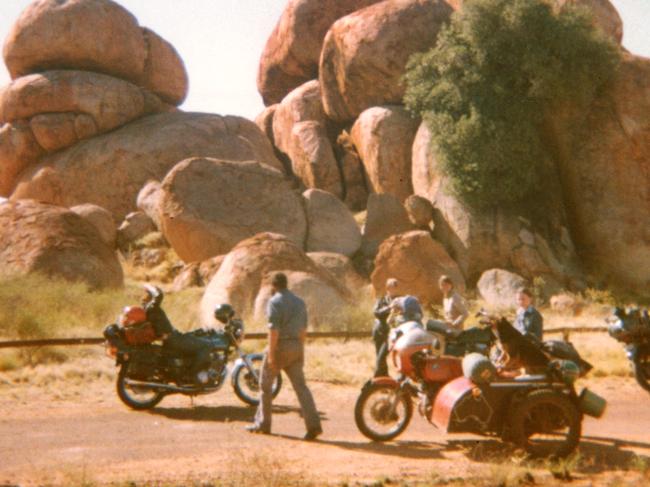
His plan was to work for two terms teaching the children English before setting off on a grand adventure with Gordon and Karen.
The three would meet in Alice Springs. On October 2, they would leave town on two motorbikes. One had a sidecar that Tim had built, painting the outline of Australia on its side. The sidecar would hold all their belongings for the trip. It had a lid that Tim’s young dog Tristie sat on top of. The well-behaved pup would sit there calmly as they travelled along the highway, Tim and Karen on the bike beside her.
The plan was to travel through the Northern Territory to Mount Isa, across to Cairns and down the east coast of Australia. They planned to be back in Melbourne by late December. Karen’s family had known, when she left for the airport to catch a flight to Alice Springs, that they wouldn’t see her again until they all came together for Christmas.
John planned to fly over and meet the trio on the Gold Coast.
He was looking forward to the trip, to exploring the country with his younger brother. Gordon was a “cheeky young guy” who came from a large, mixed family of siblings and half-siblings. He was generous and kind.
Tim had been staying with John before leaving for Australia. John vividly remembers Tim walking into his kitchen as he was getting ready to leave.
“He says, oh, Johnny, I’ve made my will out and I’m leaving you my racing bike,” John recalls. “I laughed at him. You know, that was just the last thing we ever thought would happen because he was such a big, burly guy you wouldn’t think anyone would mess with him. Even my brother could sort of hold his own, even though he was only 21.
“My father got a bit concerned at the time as he hadn’t heard from Gordon for a couple of weeks and he rang me up and I said, ‘look, don’t worry, he’s with Tim, they’re travelling in the outback of Australia — they’ll be as good as gold because they’re pretty rough, tough and bulletproof’.”
‘MY FATHER DIDN’T HANDLE IT WELL’
Tim Thomson was the youngest of four boys, born to medical missionary parents in New Zealand.
His upbringing had been very different to Karen’s. Tim and his brothers had gone to boarding school. They were mostly raised by the family’s housekeeper while his parents worked away. “My mother realised that having the boys away in their teenage years was actually conducive to a quiet life,” Tim’s brother Ken says. “And she had a very busy workload with charities and the mission for lepers, and Red Cross and the blood bank, and all that sort of stuff. So, she was not home a lot.”
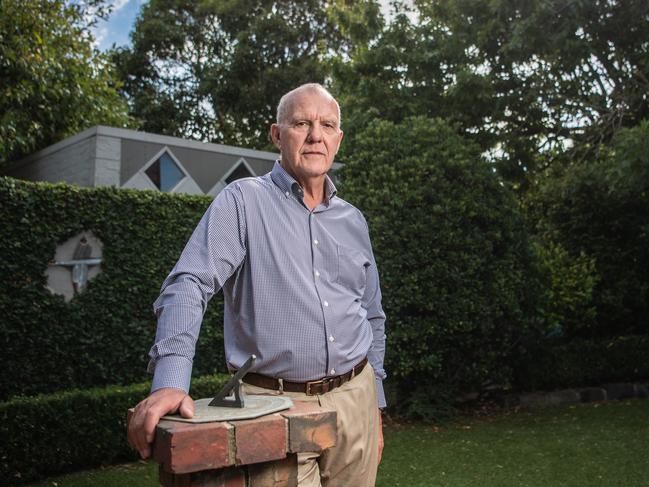
Boarding school was not for Tim. He was not one for a regimental, authoritarian lifestyle. “Tim was a lovely, kind, generous, outgoing sort of personality,” Ken says. “And he loved the dog and he loved the outdoors. He loved motorbikes and old cars. He was just a large, friendly person. Which is why I think my parents were so shocked when he was murdered.”
It had been Karen’s parents who’d first become concerned. Karen’s mother had called the Thomson house, wanting to know whether they had heard from Tim. They hadn’t. But they weren’t worried. The trio would be travelling in remote areas. They hadn’t expected to hear from Tim very often.
When reports of the triple murder began surfacing in the media, Tim’s family didn’t think much of it. They thought the group would have been well past Mount Isa by then.
“[Karen’s mother] rang us and said she was very worried, but we didn’t connect it with the bodies,” Ken says. “And then the police rang up and said we think one of these bodies is Tim. How do we get hold of his dental records? My father, he really didn’t handle it at all well.” He rang Ken, who was by then living in Adelaide, and demanded he come back to New Zealand.
“He said, this is such a dangerous country, why are you living there? Come home right away.”
‘YOU BETTER COME HOME’
Karen’s brother remembers that day too. He’d noticed his parents looking at the newspaper that morning, looking concerned. He left for work, but at some point that day, he got a phone call.
“Dad rang up work, which was the first and only time he would have ever rung me up at work, and said, you better come home,” Barry says. “By the time I got home there were all these [cars] in the street. It was very, very, very shocking.
“There were police and … television vans and stuff like that. I remember a policeman telling me to stop as I was pulling into our driveway. And he said, you can’t come in. I said, well, I live here. And he waved me through.”
TRIP OF A LIFETIME CUT SHORT
Only three days into their “trip of a lifetime”, Karen, Tim and Gordon were lured into the bush and gunned down.
The two bikes with the sidecar and pup stood out. As the investigation progressed, people who had seen the trio on the road came forward. It soon became clear that they had pulled into the Threeways Roadhouse, where the Stuart and Barkly highways intersect north of Tennant Creek in the Northern Territory.

A group of people remembers seeing them. Paul Clisby and his friends were on their way home to Tennant Creek after a weekend away in Darwin when they stopped to help Tim change a tyre on one of the bikes.
“[We had a] bit of a chat — wasn’t too much,” he recalls. “I can’t remember the conversation but it would have been … about where they were going, how they were going, where they’d been.”
Their next stop was the Frewena Roadhouse, about 200km east towards the Queensland border, where the Barkly Highway meets the Tablelands Highway. They were still 450km from Mount Isa.
In the 1970s, the Frewena Roadhouse was managed by Harry Griffiths. He still remembers seeing Tim, Karen and Gordon. But importantly, he is one of several witnesses who remembers seeing a fourth person — a man who was also on a motorbike. He recalls the bikes, the sidecar, Karen looking after the little dog.
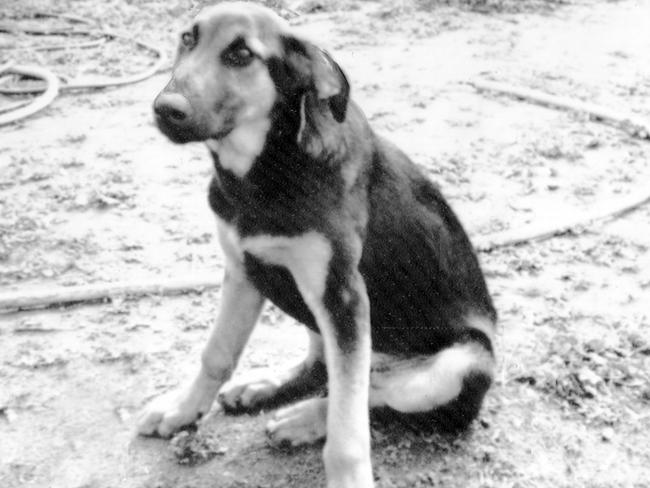
“They were all in the bar and they had drinks together, and they played pool together and then they all left together,” he says.
Griffiths is insistent that the four travellers appeared to know each other. They were friends. This was the first sighting of the “bearded man” who would later become a person of interest in the murders.
When Karen, Tim and Gordon arrived in Mount Isa, they set up camp at the Lake Moondarra Caravan Park. It was here that witnesses spotted a bearded man arrive in a light-coloured Toyota LandCruiser on the morning of October 5.
The three greeted the man “as friends” and left with him in the four-wheel-drive. Just on dark, he returned alone. Campers watched as he packed up the campsite, throwing the gear into his vehicle. Karen, Tim and Gordon were nowhere to be seen.
“The man most wanted for the Mount Isa triple murders was seen to tear the victims’ camp apart and throw tents, sleeping bags, an air mattress and a pet dog into the back of a vehicle just after dark on the day the victims disappeared,” a Courier-Mail report at the time said.
Police continued their investigation. Running leads, following tips. They released photographs of the two motorbikes and asked people to keep their eyes open.
Gordon’s bike was found dumped at a service station.
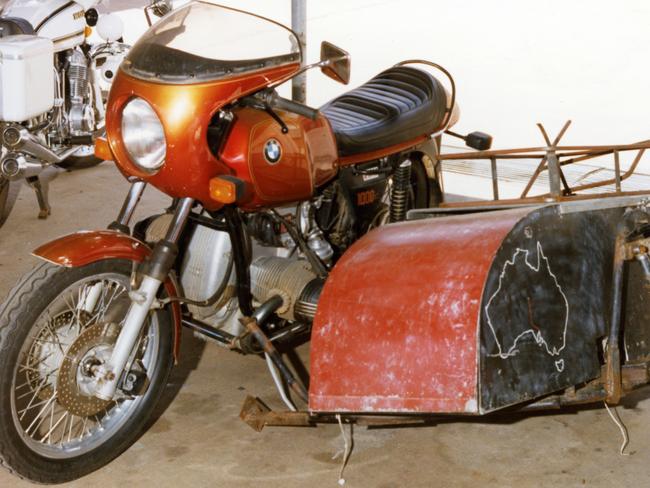
Tristie, they discovered, had been found at the Mount Isa tip. She’d been sitting by some barrels, where Karen, Tim and Gordon’s motorcycle clothing and helmets had been hidden. The council had taken her away, waiting a week for her owner to come forward. Nobody did. And sadly, she was destroyed.
Then, in mid-November, Tim’s BMW motorbike was discovered in a raid on a Mount Isa property. A neighbour had phoned in after spotting the distinctive bike.
A report at the time said police were conducting scientific tests on a Toyota LandCruiser and had seized several guns during the raid.
“Police emphasised today that discovery of the motorcycle might not advance the hunt for the triple murderer,” a Courier-Mail report from November 14 read. The following day, 22-year-old Bruce John Preston appeared in court charged with theft.
The court heard Preston’s story changed about how he’d come to be in possession of a motorbike belonging to a murdered man.
He told prosecutors he’d bought it from a man in Adelaide.
Then he said he’d seen two men attempting to start it in the street on October 11 — six days after Karen, Tim and Gordon were last seen alive.

He’d shouted to them that he knew the owner. He told police the men took off and he wheeled the bike away.
He’d been scared after reading reports of the killings — so he’d hidden the bike. Preston was charged with theft and fined $300.
Gordon’s brother John said finding the killer would go some way towards giving closure to the families.
“It would mean a great deal — especially to myself and my brother and the other families involved,” he says.
“Just to have a bit of closure and to know that somebody is locked up for it and not out there doing anything like that again.” ■
Do you have information on the Spear Creek killings? Contact Crime Stoppers on 1800 333 000

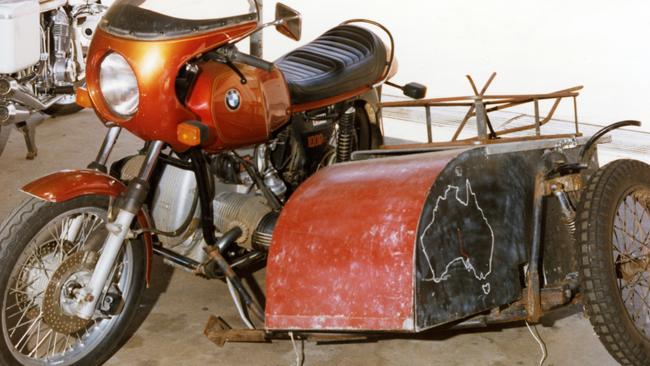
Add your comment to this story
To join the conversation, please log in. Don't have an account? Register
Join the conversation, you are commenting as Logout
‘Watch out for that guy’: Staff member’s warning over childcare worker
A Victorian childcare worker accused of grooming children was free to work for more than a year while under investigation. An industry expert says similar cases will keep happening due to a “massive flaw” placing children at serious risk.
Melbourne mum’s fight for justice over daughter’s unsolved murder
A grief-stricken mother has faced off with the state’s top coroner as she calls for answers over what happened to her daughter who disappeared from her Ringwood home 31 years ago.